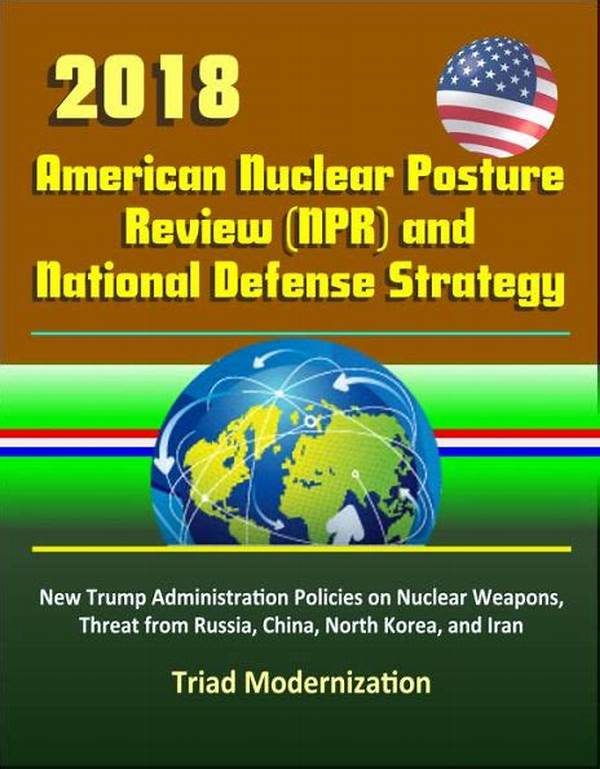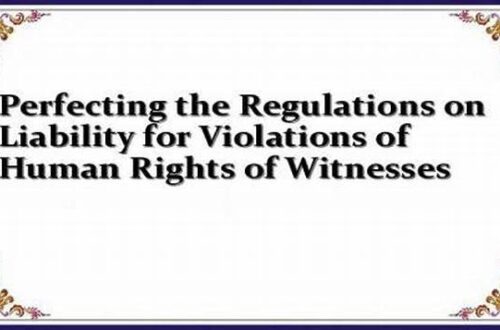The discourse surrounding nuclear posture and defense policies remains a crucial element in international security dialogues. As nations navigate the complexities of modern geopolitical landscapes, their strategic approaches towards nuclear capabilities become critical determinants of both national and global stability. These defense policies not only reflect a country’s military capabilities and intentions but also shape diplomatic interactions with allies and adversaries alike.
Strategic Importance of Nuclear Posture
Nuclear posture determines a nation’s stance on nuclear weapons deployment and their strategic use. It ranges from active deterrence strategies to more passive, defensive orientations. Defense policies surrounding these postures are influenced by potential threats, technological advancements, and international treaties. Countries often develop these policies to ensure deterrence, prevent the proliferation of nuclear weapons, and maintain credibility in international affairs.
Defense policies regarding nuclear posture are also deeply intertwined with a country’s military doctrine and political objectives. They dictate how a country perceives threats to its sovereignty and how it plans to respond to those threats. The policies ensure that the military infrastructure is aligned with the broader national security objectives, which might include deterrence, warfighting capabilities, or disarmament efforts.
Effectively managing nuclear posture and defense policies requires a balance between showing strength and preventing escalation. Countries must carefully communicate their intentions to avoid misunderstandings that could lead to unintended conflicts. At the same time, these policies must be flexible to adapt to evolving security challenges and technological changes, necessitating continuous assessment and refinement.
Components of Defense Policies
1. Deterrence Strategy: Central to nuclear posture, deterrence involves maintaining sufficient nuclear capabilities to discourage adversaries from attacking.
2. Crisis Management: Effective defense policies include mechanisms for managing conflicts and preventing escalation in nuclear tensions.
3. Arms Control: Policies often engage with international treaties to limit the proliferation of nuclear weapons.
4. Technological Advancement: Ensures that nuclear capabilities remain state-of-the-art to maintain credibility in deterrence.
5. Communication Protocols: Establishes clear channels of communication with both allies and adversaries to prevent misunderstandings in tense situations.
The Evolution of Nuclear Posture
Nuclear posture and defense policies have evolved significantly over the decades. During the Cold War, the focus was primarily on deterrence through mutual assured destruction. However, modern approaches are increasingly nuanced, considering a broader array of security threats including cyber warfare and terrorism. Today’s policies reflect a desire for controlling proliferation while ensuring strategic stability.
The United States, for example, has periodically revised its nuclear posture to reflect new geopolitical realities and technological advancements. Such revisions are often seen as indicators of the shifting balance of power and geopolitical priorities. Similarly, other nuclear-armed states are assessing their defense policies to reflect their own security environments, sometimes resulting in regional arms races or strategic recalibrations.
The contemporary global security environment, characterized by multipolar power dynamics, necessitates strategic fields of cooperation and competition among nuclear states. Consequently, nuclear posture and defense policies must not only address the traditional military threats but also adapt to the challenges posed by emerging technologies and non-state actors.
Recent Developments in Defense Policies
Nuclear posture and defense policies have recently seen shifts reflecting both technological advancements and changing geopolitical climates. These new policies employ a variety of strategies to ensure a country’s continued security in an increasingly complex international system.
1. Global Reassessment: Nations worldwide reassess their nuclear posture in response to emerging threats.
2. Modernization Programs: Investing in the modernization of nuclear arsenals ensures they remain effective deterrents.
3. Bilateral Agreements: Defense policies include the creation of agreements between major powers to reduce nuclear risks.
4. Secrecy vs Transparency: The dilemma of revealing versus concealing defense capabilities and intentions impacts policies.
5. Non-Strategic Weapons: Rising attention towards tactical nuclear weapons and their role in military doctrines.
6. Multilateral Cooperation: Nations are increasingly collaborating on cybersecurity and space security as part of their defense posture.
7. Preventive Diplomacy: Emphasizing diplomacy to address potential conflicts before they escalate.
8. Public Perception: Shaping public opinion to support national defense policies is an integral component.
9. Crisis Simulation Drills: Conducting drills and simulations to ensure preparedness for potential nuclear conflicts.
10. Urbanization and Defense: Considering the impact of modern urban environments on defense strategies and nuclear posture.
Challenges Facing Nuclear Posture
Establishing effective nuclear posture and defense policies poses several challenges. Firstly, technological advancements such as artificial intelligence and cyber capabilities create new vulnerabilities and uncertainties in nuclear deterrence strategies. Moreover, the global landscape of nuclear non-proliferation treaties and agreements is under strain as geopolitics shift, raising difficult questions about enforceability and compliance.
Furthermore, there is the challenge of maintaining a balance between deterrence and diplomacy. While a strong nuclear posture can act as a deterrent, overly aggressive policies may lead to an arms race or heightened tensions. Maintaining open channels for dialogue and negotiations remains imperative to reducing the risk of nuclear conflict.
Additionally, nuclear posture and defense policies must address the complexities of regional conflicts that can potentially involve nuclear actors. Regional dynamics, often influenced by historical disputes and territorial claims, require careful management to avoid escalation. Hence, states must employ a combination of intelligence, military readiness, and diplomatic efforts to ensure global stability amidst these challenges.
Implications for Global Security
The implications of nuclear posture and defense policies for global security are profound. They go beyond mere military considerations to encompass ethical, environmental, and humanitarian dimensions. The threat of nuclear weapons proliferation poses significant risks to international peace and stability, necessitating comprehensive and coordinated global responses.
Nuclear posture directly impacts alliances and partnerships. Countries align themselves based on perceived nuclear threats and shared security interests, which in turn influence global political alignments. Collaborative defense policies can strengthen alliances, while divergent nuclear strategies might lead to tensions and rivalries.
Moreover, the ethical implications of nuclear weapons—such as their potential catastrophic impact on civilian populations and the environment—prompt ongoing debates about disarmament and alternative defense strategies. In the face of these challenges, crafting nuanced and informed nuclear posture and defense policies is essential for safeguarding not only national security but also the broader aspirations of peace and human prosperity.
Summary
In summary, nuclear posture and defense policies serve as the backbone of national security strategies in a complex global environment. These policies must be carefully crafted and constantly reassessed to reflect changing threats, technological advancements, and international political climates. Through effective deterrence and strategic diplomacy, the goals of these policies are to prevent nuclear conflict and foster stability.
The evolution and implications of nuclear posture cannot be overstated in their impact on international relations and global security. The tightrope walk of maintaining sufficient deterrence capabilities while promoting disarmament and non-proliferation continues to be a formidable challenge. As nations seek to secure their interests, the future of nuclear posture and defense policies will demand thoughtful consideration of both strategic imperatives and humanitarian responsibilities.





